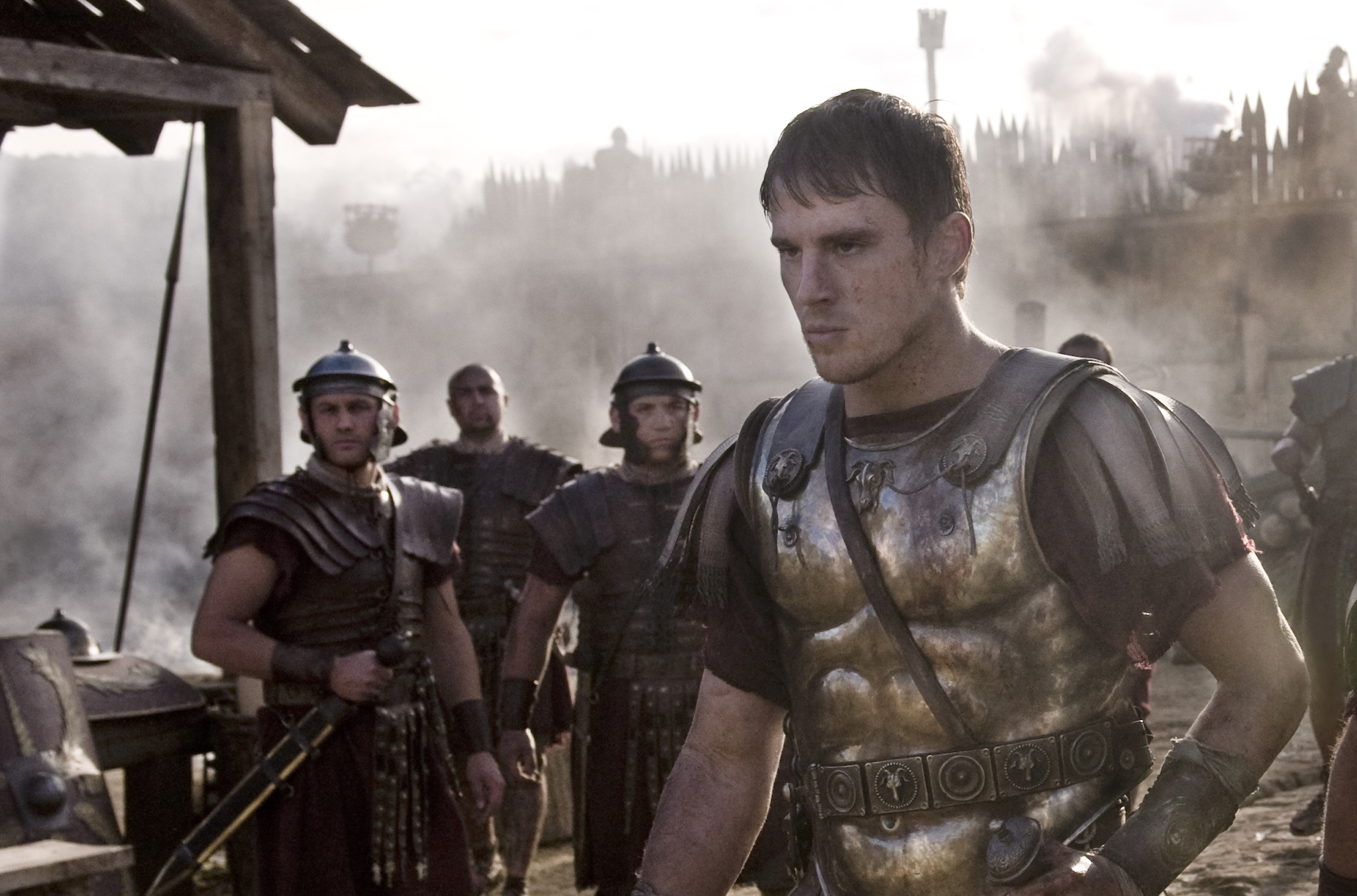Directed by Kevin Macdonald, ‘The Eagle’ is a historical drama set against the backdrop of Roman Britain. To restore his missing father’s honor, Roman war commander (centurion) Marcus Flavius Aquila travels to the far North with his slave Esca in search of the eagle emblem carried by his father’s Ninth Legion, the rumors of whose appearance in a tribal temple have surfaced 20 years after the legion and the emblem both disappeared. Whether Marcus and Esca find the eagle emblem and how all their experiences during the endeavor explore and shape their characters, are what the film chronicles.
The 2011 movie offers strong performances by Channing Tatum as Marcus and Jamie Bell as Esca alongside Donald Sutherland, Bence Gerö, Mark Strong, Tahar Rahim, Denis O’Hare, Douglas Henshall, and Pip Carter. The very genre of the film may make one wonder whether it is based on a true story. Historical dramas offer an organic experience as history is proof that something akin to what we are watching is what really happened during those times.
The Eagle is Based on a 1954 Novel
The film is adapted by Jeremy Brock from the novel ‘The Eagle of the Ninth’ written by Rosemary Sutcliff in 1954. The novel itself borrows events from history to progress its adventurous narrative that revolves around the disappearance of the Roman Ninth Legion (Legio IX Hispana) in 117 A.D. and the discovery of the Silchester Eagle in the Silchester excavations of 1866. Marcus, too, is a fictional character and has no resemblance to any historical personality.

Sutcliff has stated in her novel that the disappearance of the Ninth Legion was the outcome of it being sent to Scotland, where it perished at the hands of the Northern tribes. However, there are historians and theories that find this piece of information inaccurate. That said, there is no strong evidence that shows what really happened to the Ninth Legion, authenticates what Sutcliff said in her novel, or why the legion has no mention in the Roman records after 120 A.D.
The prologue of the ‘The Eagle’, as borrowed from the novel, says: “In 120 AD, the Ninth Legion of the Roman Army marched into the unconquered territory of Northern Britain. They were never seen again. All 5,000 men vanished, along with their treasured standard…The Eagle. Shamed by this great loss, Emperor Hadrian ordered the construction of a giant wall that cut off the North of Britain forever. Hadrian’s Wall marked the end of the known world.”
The legion may have been destroyed during a battle in Roman Britain itself or it could also have been disbanded, citing issues in administration. There is also evidence that the legion was deployed to the Rhineland. Some records refer to the Ninth Legion being in the Netherlands after 117 A.D. Hadrian’s Wall also exists but it wasn’t necessarily built to cut off the North of Britain. There is no proof to establish a reason for its construction other than inferences based on Roman policy.
The wall was less likely a marking to show the “end of the known world,” as stated in the prologue. It was more of a toll plaza with each mile castle having a gateway that allowed the Romans to control trade and commerce with the tribes that lived beyond the wall, in the North (from Scotland and others). Moreover, the wall wasn’t a means to cut off contact with the North. The Romans established contact by trading with the tribes to avoid risking an attack. In other words, the wall regulated the interactions between the Romans and the tribes of the North.
The Silchester Eagle, an ‘Aquila’ which is Latin for eagle, a prominent symbol of honor for ancient Romans, being an emblem of the Ninth Legion also doesn’t have any authenticity to it. Since the height of the Silchester Eagle is approximately 6 inches, it may have been a part of some other larger statue. Besides Rosemary Sutcliff’s narrative that merges facts with fiction, the makers also reached out to Lindsay Allason-Jones, founder and former director of the Cluster for Interdisciplinary Artefact Studies, Newcastle University, who served as the historical consultant on the movie.
In a 2017 interview, Lindsay Allason-Jones stated that after receiving a typescript to check for “inaccuracies”, she found many of them but they weren’t the script writer’s fault. Rosemary Sutcliffe wrote the novel years ago and she was naturally not up to date with “archaeological thought.” Addressing the question of why makers adapt a film from a book and then change it with regards to ‘The Eagle’, she said that there were many details that were wrong and thus had to be changed. But there were many changes that even she had no idea about.
Taking the aforementioned facts into consideration, we can infer that while adapting the novel for the screen, screenwriter Jeremy Brock most likely altered a few details. Some changes had to be made because they were inaccurate, while others to make things more cinematic in order to entertain the audience while taking us back in time and giving us a glimpse of Roman history of honor and sacrifice in the form of ‘The Eagle.’
Read More: Best Historical Movies of All Time


You must be logged in to post a comment.